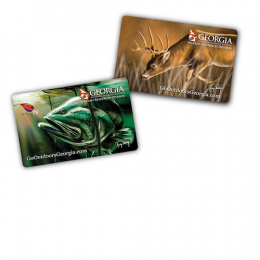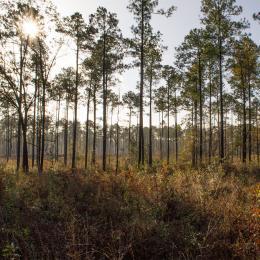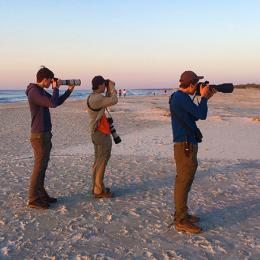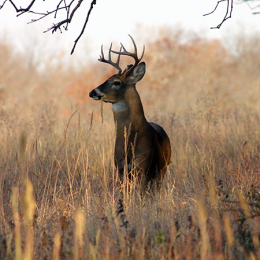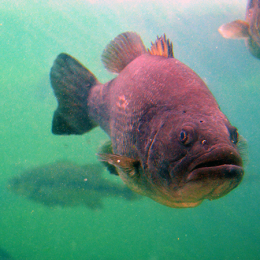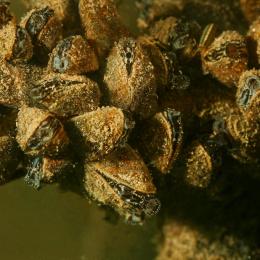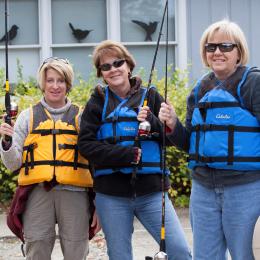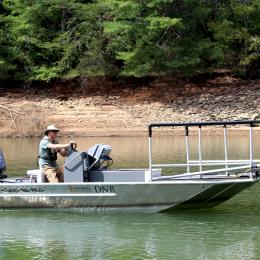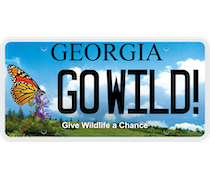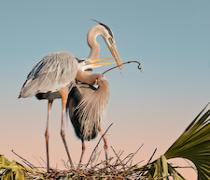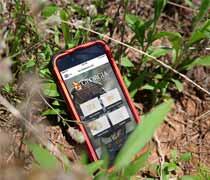The Georgia Department of Natural Resources’ (DNR) Wildlife Resources Division (WRD) has confirmed CWD in Georgia. Following the initial detection, Georgia DNR implemented the CWD Response Plan and established a CWD Management Area (CMA) which includes the county where the positive samples were found and any county touching a 5-mile radius around the location.
DNR is working with processors and taxidermists and has established testing drop-off locations for hunters in the CMA and additional ones outside the CMA. Find those locations at GeorgiaWildlife.com/CWD/Testing (note: this resource will be updated as new locations are added). Specific information for hunters can be found on our "CWD Info For Hunters" page.
- How did CWD get to Georgia?
At this time, we do not know how CWD got here. However, based on the ways CWD has been introduced to new locations, there are several possibilities:
- Illegal importation of live deer.
- Spread from an undiscovered pocket of CWD in another state.
- CWD-positive carcass parts from another state were discarded in the area.
- How does CWD spread?
The disease is transmitted among deer through direct contact with saliva, urine, and feces infected with prions. It can also be passed indirectly in the environment through contaminated soil, food, or water. CWD is contagious and, once established, the disease is nearly impossible to eradicate. The prions that cause CWD can stay in the environment for long periods of time. For years after an infected deer has died, other deer can still get infected from the contaminated area.
- How can we keep CWD from spreading?
Report the illegal importation of live deer. Moving live deer into Georgia is the greatest risk for introducing CWD to new areas. In Georgia, live importation of all deer species from other states has been prohibited since 2005 (O.C.G.A. 27-5-2.1). Please report any illegal importations to the DNR Law Enforcement Division’s Ranger Hotline by calling 1-800-241-4113, or by using the Ranger Hotline app https://gadnrle.org/ranger-hotline.
Don’t bring deer carcasses from out of state. It is illegal to bring deer carcasses into Georgia from out of state unless certain conditions are met (O.C.G.A. 27-5-2.1). Those who hunt out of state may only bring home a) boned-out meat, hides, skulls or skull caps with antlers attached and all soft tissue removed (velvet antlers are okay), b) jawbones with no soft tissue, c) elk ivories, and d) finished taxidermy mounts. All other carcass parts must be left behind.
Dispose of deer carcasses properly. Any carcass parts you don’t intend to eat or take to a taxidermist should be left on the property where the deer was killed, sent to a landfill, or buried deep enough to prevent scavenging. Carcass parts from CWD positive deer can transmit the disease to other deer if those parts are moved to new areas.
Although CWD prions may be found in the urine of infected animals, the use of natural deer urine attractants has not been shown to spread CWD. However, using only synthetic urine attractants eliminates any potential risk of introducing CWD into new areas.
- What counties are included in the current CWD Management Area?
A CWD Management Area is the area within a 5-mile radius of the location of any positive deer. The current CWD Management Area includes Atkinson, Lanier, Berrien and Lowndes counties.
- What are the impacts to our deer population?
The effects of CWD can take decades to result in noticeable population declines, particularly in eastern populations of white-tailed deer where habitat is good. The disease progresses slowly, and infected deer appear normal until near the end of the 18- to 24-month incubation period. If left unmanaged, the percentage of deer with the disease (prevalence) will slowly increase. Once a high prevalence (>15% of the population) is reached, effects on the population become apparent. Populations begin to decline and the number of deer decreases. Because many deer killed by hunters will test positive for CWD, a substantial portion of meat will be discarded. Georgia is using cluster sampling to monitor and manage CWD, a strategy that has successfully kept prevalence very low in other states. If a low prevalence is maintained, the negative effects of CWD can be minimized.
- Can CWD be transmitted to pets or livestock?
CWD doesn’t appear to naturally infect pets, cattle, or other livestock. Members of the deer family (deer, elk, moose), including captive exotic deer, are susceptible to CWD. Experts with DNR and the Georgia Department of Agriculture will provide CWD guidance directly to facilities permitted or licensed to hold deer species.





